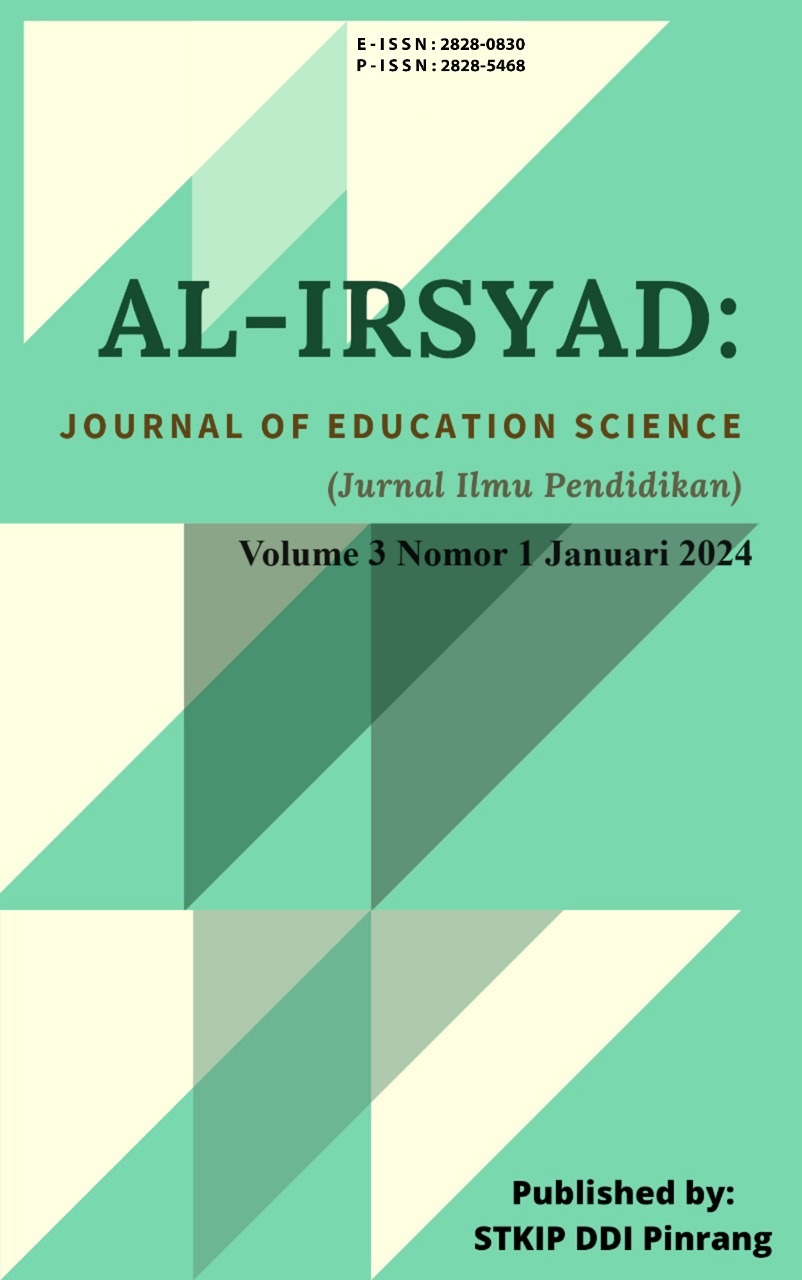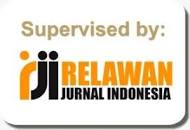VIEWING VIDEOS ON THE NATIONAL GEOGRAPHIC CHANNEL TO IMPROVE STUDENTS' SPEECH SKILLS
DOI:
https://doi.org/10.58917/aijes.v3i1.82Kata Kunci:
National Geographic, Speaking Skills, StudentsAbstrak
The purpose of this study was to improve the speaking abilities of SMA Negeri 2 Baubau students in the eleventh grade by having them view videos using the national geographic channel approach. Eighty SMA Negeri 2 Baubau eleventh graders made up the sample. A test and questionnaire were used as the research instrument. One technique descriptive analysis was employed to analyze the data about the speaking achievement of the students at SMA Negeri 2 Baubau. Students' scores in both the control and experimental classes were described using a descriptive quantitative analysis. The results showed that students' speaking achievement at SMA Negeri 2 Baubau may be impacted by watching videos on the national geography channel. This discrepancy was evident in the t-test result of 8,291, which was higher than the t-table result of 2,021, indicating that the eleventh-grade students at SMA Negeri 2 Baubau are drawn to national geographic channel method videos.
Referensi
Arikunto, S. (2010). Prosedur Penelitian suatu Pendekatan Praktik. Jakarta: In Rineka Cipta (Revisi 2010).
Aswad, M., & Sardi, A. (2023). The Discourse Analysis of Diction Effects on Teachers Used in Teaching English as a Foreign Language. AL-ISHLAH: Jurnal Pendidikan, 15(2), 2647-2654.
Brown, G., & Yule, G. (1983). The Spoken Language. Cambridge University Press, 53(9), 1–24. www.cambridge.org
Brown, H. D. (2003). Language Assessment Principles and Classroom Practices. San Francisco State University.
David, N. (1999). Language Teaching Methodology: A Textbook for Teachers Textbook. https://scholar.google.com/scholar?q=Language Teaching Methodology: A Textbook for Teachers
Harmer, J. (2007). Harmer, JeremyThe Practice of English Language Teaching (Fourth Edi). Pearson Longman.
Humaera, I., Sardi, A., Akbal, F. A., Amir, A. S., Hasyim, R., & Noni, N. (2023). EFL Students' Entrepreneurial Tendencies: Is It a Misdirected Issue?. EduLine: Journal of Education and Learning Innovation, 3(3), 444-453.
Indrawati. (2016). Developing Students’ Speaking Skill of Grade Xi At SMAN 2 Tolitoli By Using Describing Picture. Juli, 4(4), 300–307.
Isma, A. (2023). BOOK REVIEW: EMERGING TRENDS OF ICT IN TEACHING AND LEARNING: ICT IN ENGLISH LANGUAGE TEACHING. LLT Journal: A Journal on Language and Language Teaching, 26(2), 812-815.
Isma, A., & Baharuddin, A. F. (2022). Exploring Students’ Willingness to Communicate (WTC) in Indonesian EFL Classroom. Proceedings of English Linguistics and Literature, 3, 78-85.
Rahmaniar, R., Surahmat, Z., & Sardi, A. (2023). A BOOK REVIEW: ENGLISH AS A FOREIGN LANGUAGE FOR DEAF AND HARD OF HEARING LEARNERS:(Written by Ewa Domagała-Zyśk, Nuzha Moritz, and Anna Podlewska). Al-Irsyad: Journal of Education Science, 2(2), 147-152.
Rahmawati, T. (2015). The Use of Scaffolding Talk Technique To Improve Students’ Speaking Skill. State Institute for Islamic Studies (STAIN) Salatiga.
Rickheit, G., & Strohner, H. (2008). Handbook of Communication Competence (1 ed.).
Sardi, A. (2023). THEORY CONSTRUCTIONS AND MODEL-BUILDING SKILLS.
Sardi, A., Haryanto, A., & Weda, S. (2017). The Distinct types of diction used by the efl teachers in the classroom interaction. International Journal Of Science and Research (IJSR), 6(3), 1061-1066.
Unduhan
Diterbitkan
Cara Mengutip
Terbitan
Bagian
Lisensi
Hak Cipta (c) 2023 Hasrida Ardin, Ary Irjayanti Herman

Artikel ini berlisensi Creative Commons Attribution 4.0 International License.























